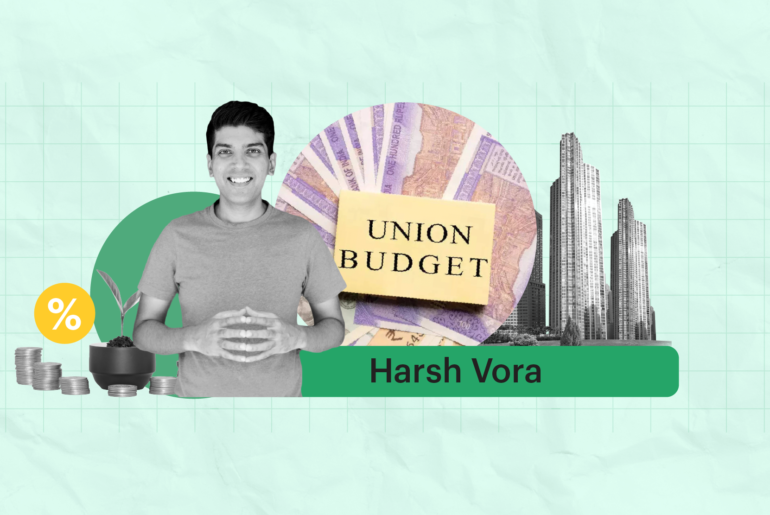Last Updated on Apr 6, 2021 by Manonmayi
Your EPF contribution is perhaps a vital constituent of your retirement fund, mainly because it is mandatory. Here, both you and your employer contribute 12% of your basic salary and dearness allowance to your EPF every month.
But last week, FM Nirmala Sitharaman declared a 2% reduction in EPF contribution for 3 months (May, Jun, Jul). However, whether it is mandatory is yet to be disclosed. As such, both you and your employer may contribute only 10% of salary to your EPF account. Let us understand the implications of this change in the EPF rules.
This article contains:
Why the cut in contribution to Employees’ Provident Fund?
What are the implications of the cut in the contribution?
Increase in employees’ tax incidence
Decrease in employees’ retirement savings
When employer’s EPF contribution is part of your CTC
When employer’s EPF contribution is not part of your CTC
Table of Contents
Why the cut in contribution to Employees’ Provident Fund?
Slashing the EPF contribution rate was considered in the wake of COVID-19, which has impacted employers and employees alike. This move is aimed at offering relief to stakeholders by:
- Increasing the take-home salary of 4.3 crore employees of the organised sector
- Relieving 6.5 lakh employers in payment of EPF dues
- Injecting liquidity of Rs 6,750 crore to both employers and employees over the said 3 months
What are the implications of the cut in the contribution?
The reduction in your share of EPF contribution would offer you relief as it adds to your take-home salary. However, the new rules are not free of cons. Let us examine the following scenarios that justify why.
Increase in employees’ tax incidence
Your share of EPF contribution is eligible for a tax deduction under Section 80C of Income Tax Act 1961. Ergo, a reduction in your contribution would reduce your investment in the said section and thus increase your tax liability for the fiscal year 2020-2021.
Decrease in employees’ retirement savings
The beauty of EPF is that it promotes retirement savings. Also, it mandates you and your employer to contribute 12% of your basic salary to your EPF account every month. Meaning you and your employer don’t have a say in this and can’t refuse to contribute to your EPF. But with the new rules announced, only 20% and not 24% of your salary would be invested in your EPF account. This would mean lower retirement savings.
A pro tip here is to invest the difference of 2% in your share of EPF contribution. Since EPF is meant for your retirement mostly, you can consider investing the difference in your contribution in tax-friendly and low-risk investments. Speaking of your employer’s share of contribution to EPF, it is not free of cons. Let us examine two scenarios that justify why.
Employer’s EPF contribution is part of your CTC
Understand that your employer’s contribution to your EPF account is in addition to your monthly salary. In some instances, employer’s contribution is agreed to be a part of your CTC (cost to company), which makes it their obligation to pay you the entire 12% of your salary. As such, they may add the difference of 2% to your take-home salary or offer a cash allowance. The latter is taxable, which is a cost to you.
Employer’s EPF contribution is not part of your CTC
In contrast, if your employer’s contribution is not agreed to be part of your CTC, they are not obligated to pay you the difference. While this results in savings for your employer, it is ideally a loss to you. Therefore, whether a reduction in the EPF contribution is a boon or a bane to you depends on your employment terms. Besides, whether the reduction is mandatory or not also decides how it turns out for you.
Scope of the new EPF rules
While we are at it, let us also look at when the new Employees’ Provident Fund rules kick in and when they don’t.
- The EPF contribution cut would apply to all the organisations covered under the EPFO (Employees’ Provident Fund Organisation). This also includes the PF trusts that are exempted
- The cut would not apply to employers belonging to the public sector undertakings (PSUs) and Central Public Sector Enterprises (CPSEs). This means, their rate of contribution would still stand at 12%
- This cut is also applicable to employees not eligible to receive 24% EPF by the government under PM Garib Kalyan Yojana







